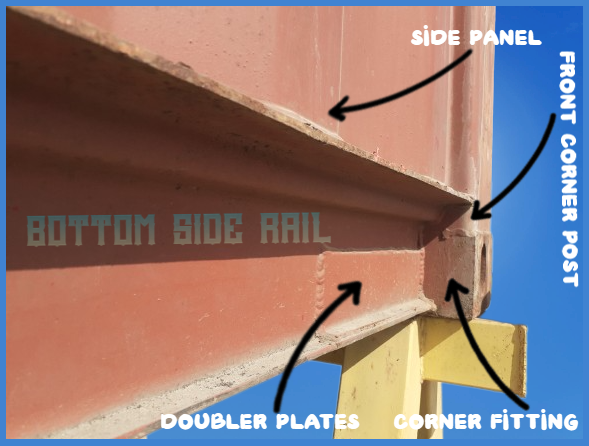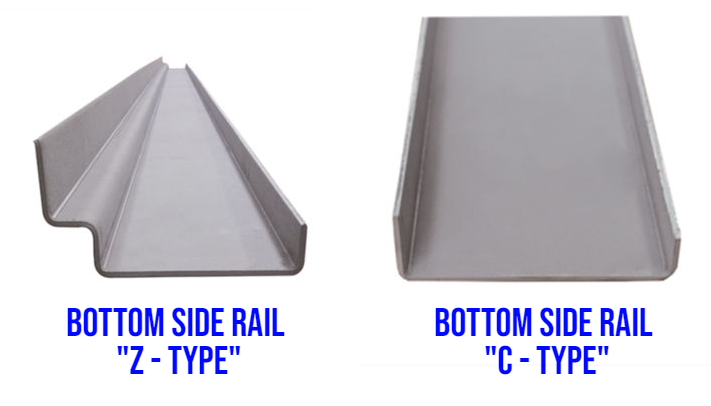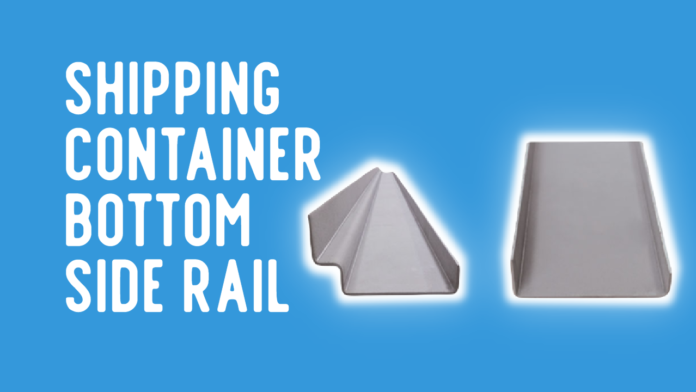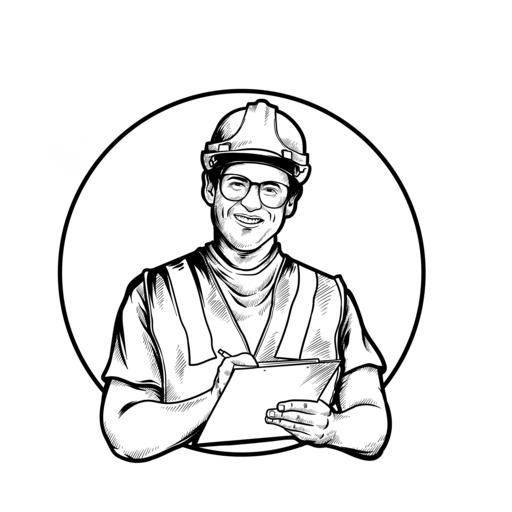Table of Contents
Bottom Side Rail – Explained
Bottom Side Rail is one of the structural components running Longitudinal structural members located at the bottom edge on either side of the shipping container.
In general, side panels, cross members, doubler plates, corner posts, corner fittings ( corner castings ) are attached to the bottom side rail.

Apart from that,
- 20’ft Container – Forklift pocket members, Forklift Pocket Top Plates, Forklift Pocket Straps are attached to a bottom side rail
- 40’ft container – Tunnel bolster, outriggers are attached to the bottom side rail.
Lashing rings are fixed as follows on the bottom side rail.
20’ft Container – 5 lashing rings (General)
40’ft Container – 10 Lashing rings (General)
What are the types of Shipping Container Bottom Rail?
- C type Bottom Rail
- Z type Bottom Rail

Shipping Container Bottom Side Rail Dimensions
What are the damages that can be identified on Bottom Side Rail?
Cut, bend, bow, loose, tear, broken, hole crack or dent on bottom side rail on web or top or bottom flanges can be identified as damage. (Bend bow and dent on web and top flanges damage having criteria which may differ with each owner)
How to measure Side Bottom Rail
Bottom Side Rail Web Pushed Upwards
From the outside of the container position the reference line on undamaged areas of the bottom side rail web as far as practical from undamaged area, the reference line should should pass over the deepest point of deformation, IICL damage tolerances for deformations of the bottom side rail is 50mm, If deformation ecxeeds 50mm requires repairs.
Bottom Side Rail Pushed Downwards
From the outside of the container position the reference line on the lower faces of the adjacent corner fittings, the reference line should should pass over the downmost point of deformation; IICL damage tolerance for downwards deformations of the bottom side rail is not below the plane of the lower surfaces of the bottom corner fittings. If deformation exceeds the plane of lower faces of corner fittings, thus touching the reference line, Bottom side rail is considered as “Damage”.
Bottom Side Rail Pushed Outwards
From the outside of the container position the reference line on the lower faces of the adjacent corner fittings, the reference line should should pass over the outer most point of deformation; If deformation exceeds the plane of side surfaces of corner fittings, thus touching the reference line, Bottom side rail is considered as “Damage”.
Bottom Side Rail Repair Methods
Usually, for Bottom Side Rail also the most economical repair method based on the damage. In that case, the container inspector need to give full attention to the inspection of Bottom Side Rail; during the inspection, we can identify the below damages,
Side bottom rail dent or bend on WEB – If deformation exceeds deep, repair action requires straightening, welding, straighten & welding, inserting, sectioning or replacement.
Side bottom rail is holed – Need to be repaired either welding, straightening, straighten and welding, inserting, sectioning, or renew.
Side bottom rail is cut – Repair methods of welding, straightening, straighten and welding, inserting, sectioning, or renew.
Side bottom rail is torn – Repair methods of welding, straightening, straighten and welding, inserting sectioning, or renew.
Side bottom rail is cracked – Welding, straightening, straighten, and welding, inserting, sectioning, or replace repair methods can be used.
Side bottom rail is missing / Loose ( Improper repair ) – The particular location should be inserting, sectioning, or renew according to the repair manual/instructions given by the shipping line or owner.
What You Should Know About Top Side Rail
Disclaimer: The views expressed by the authors in this article do not necessarily reflect the views of CONTAINER SURVEYOR. Data and charts, if utilized, in the article have been sourced from available information and have not been authenticated by any statutory authority. The author and CONTAINER SURVEYOR do not claim it to be accurate nor accept any responsibility for the same. The views constitute only the opinions and do not constitute any guidelines or recommendation on any course of action to be followed by the reader.


